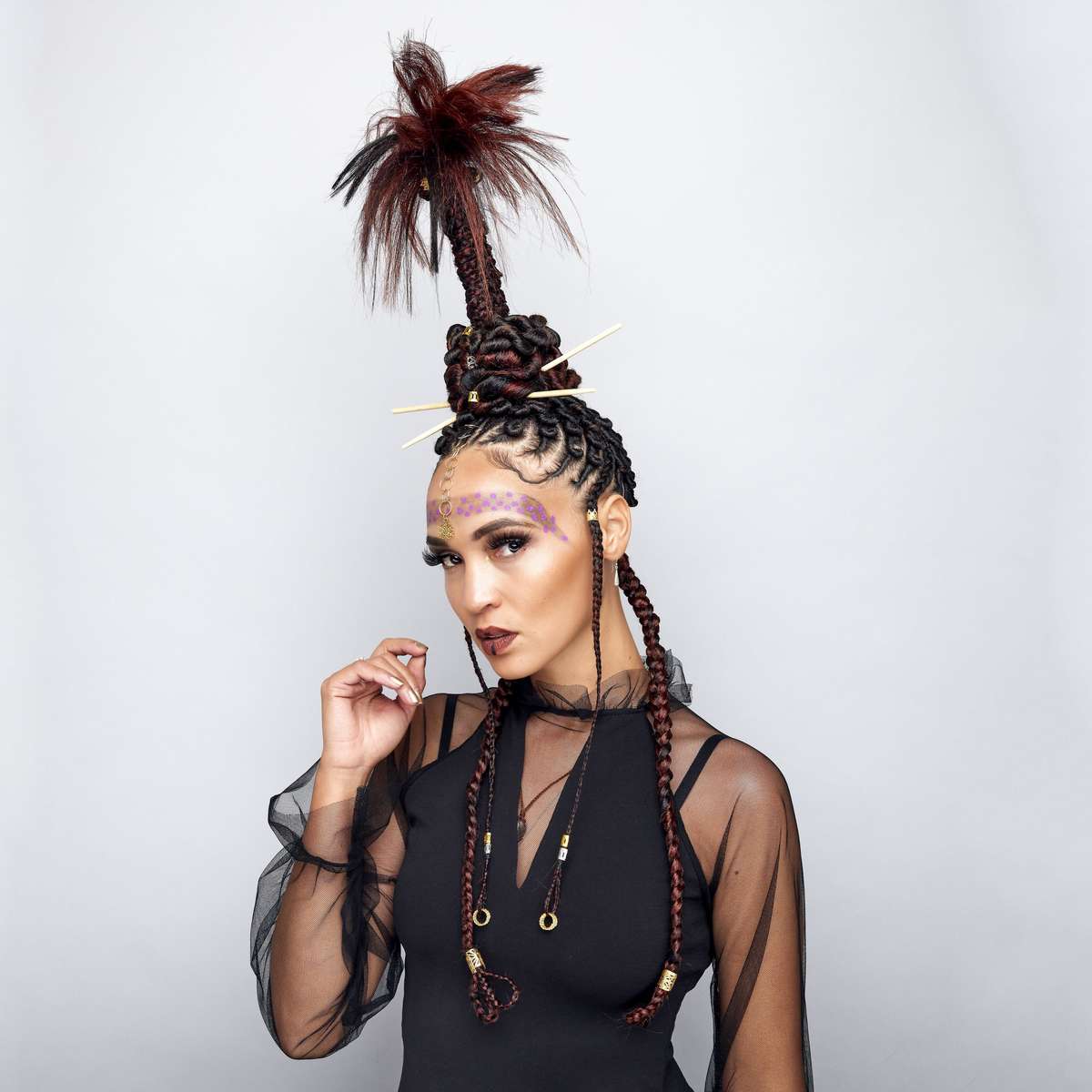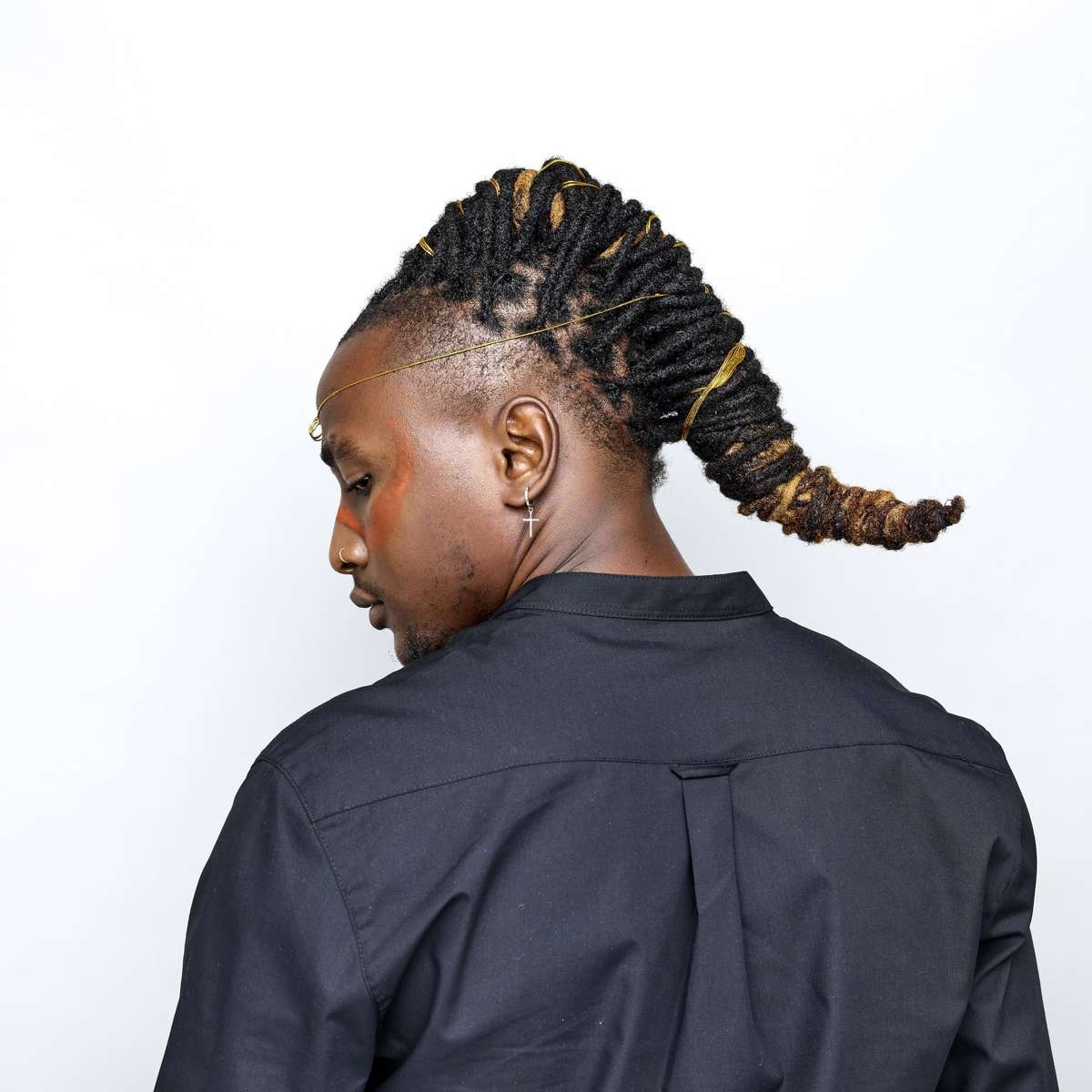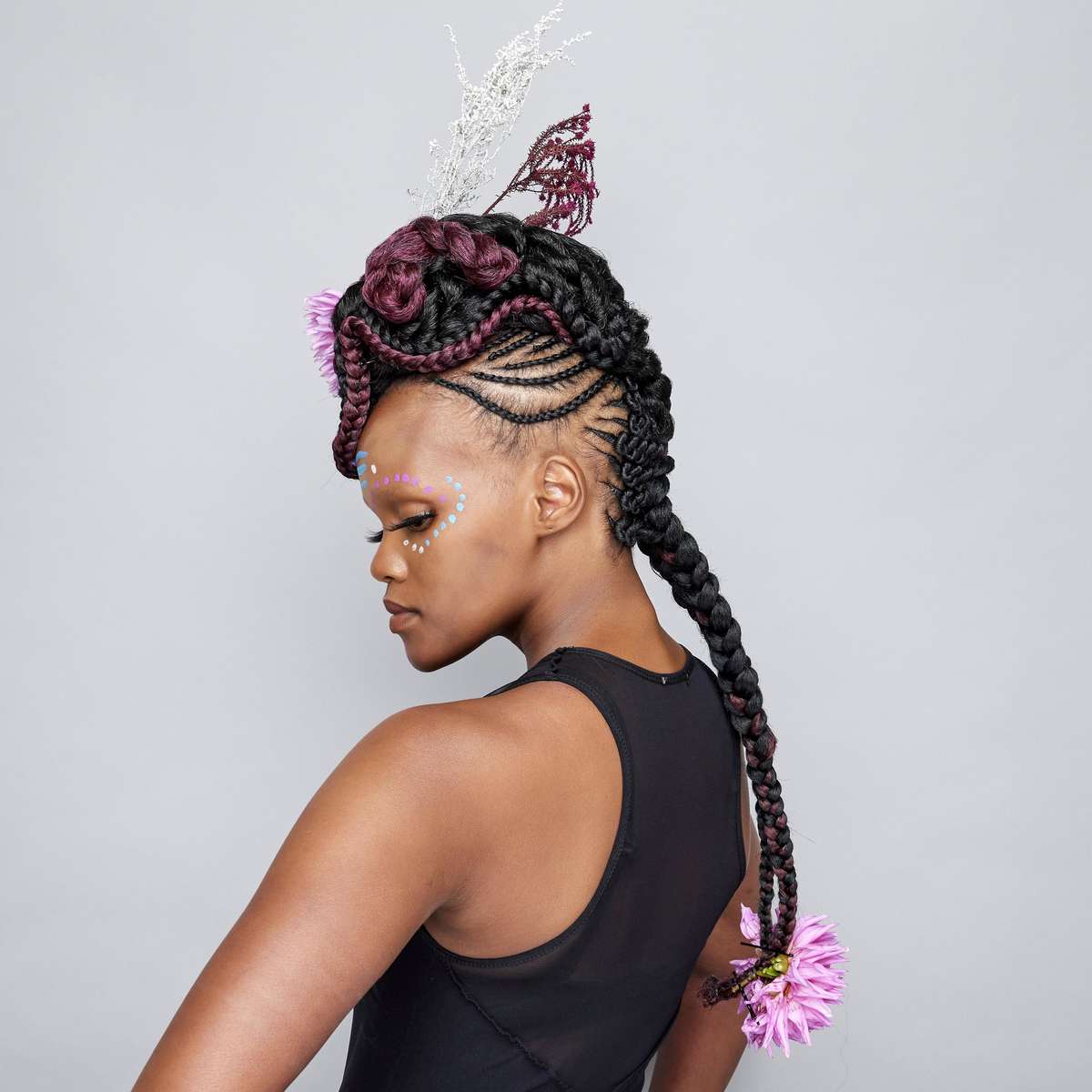It's Our Roots Hair Showcase
During our final night in Cape Town, South Africa, we hosted our farewell gala during which we featured a runway show of African styles. The Ashtae stylists took inspiration from African hairstyles dating back decades or centuries and added their creative flair to create these new looks. You can see components of these styles are still used today in present-day styling in the United States and around the world. It's important that we all learn and understand about our roots, our history, and where each style originally came from. We hope the next time you do a Zulu knot on a client, you can take it in with a deeper perspective than before. That's what this show was about, showcasing our history from the roots to the ends, from past to present, and from Africa to America.




